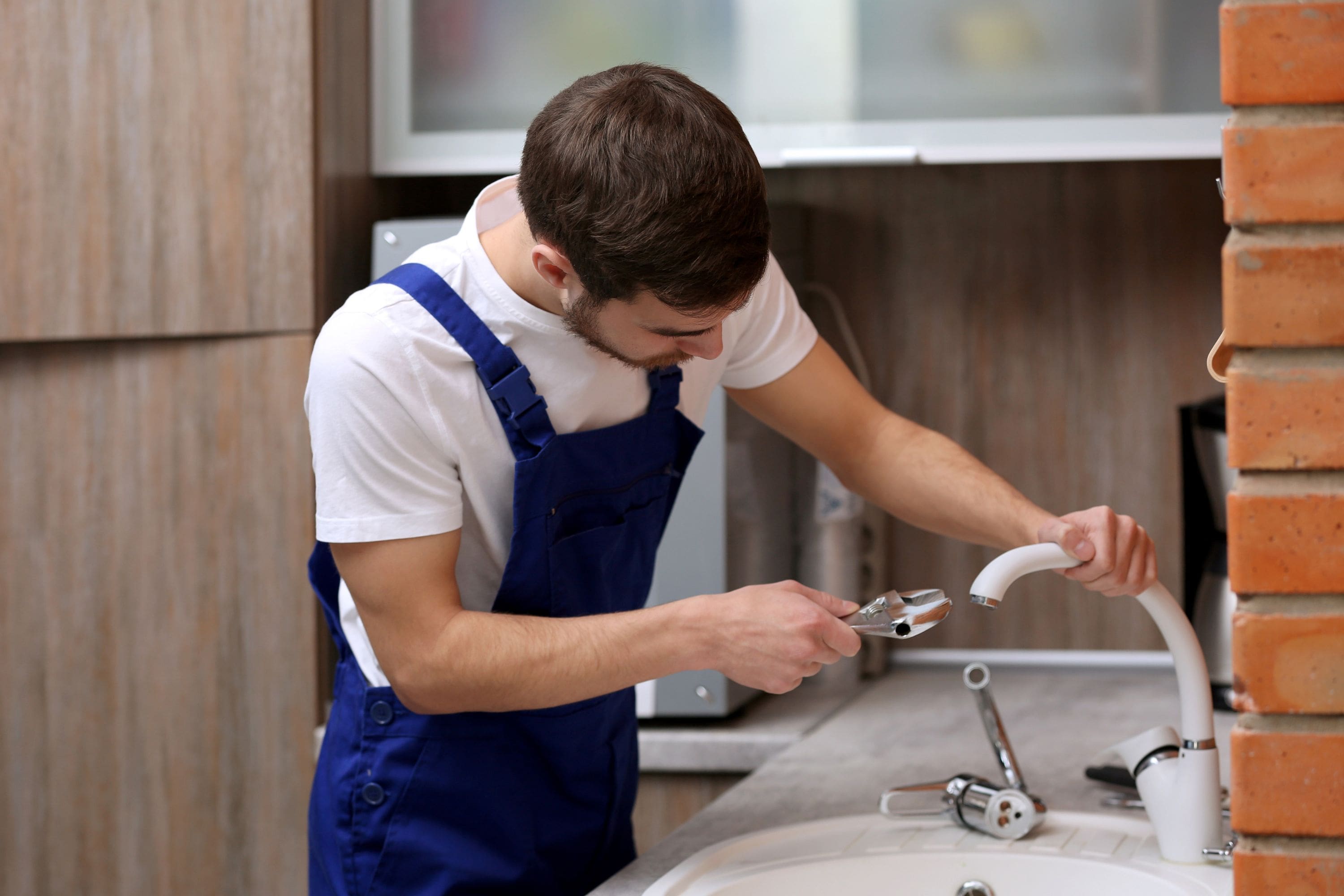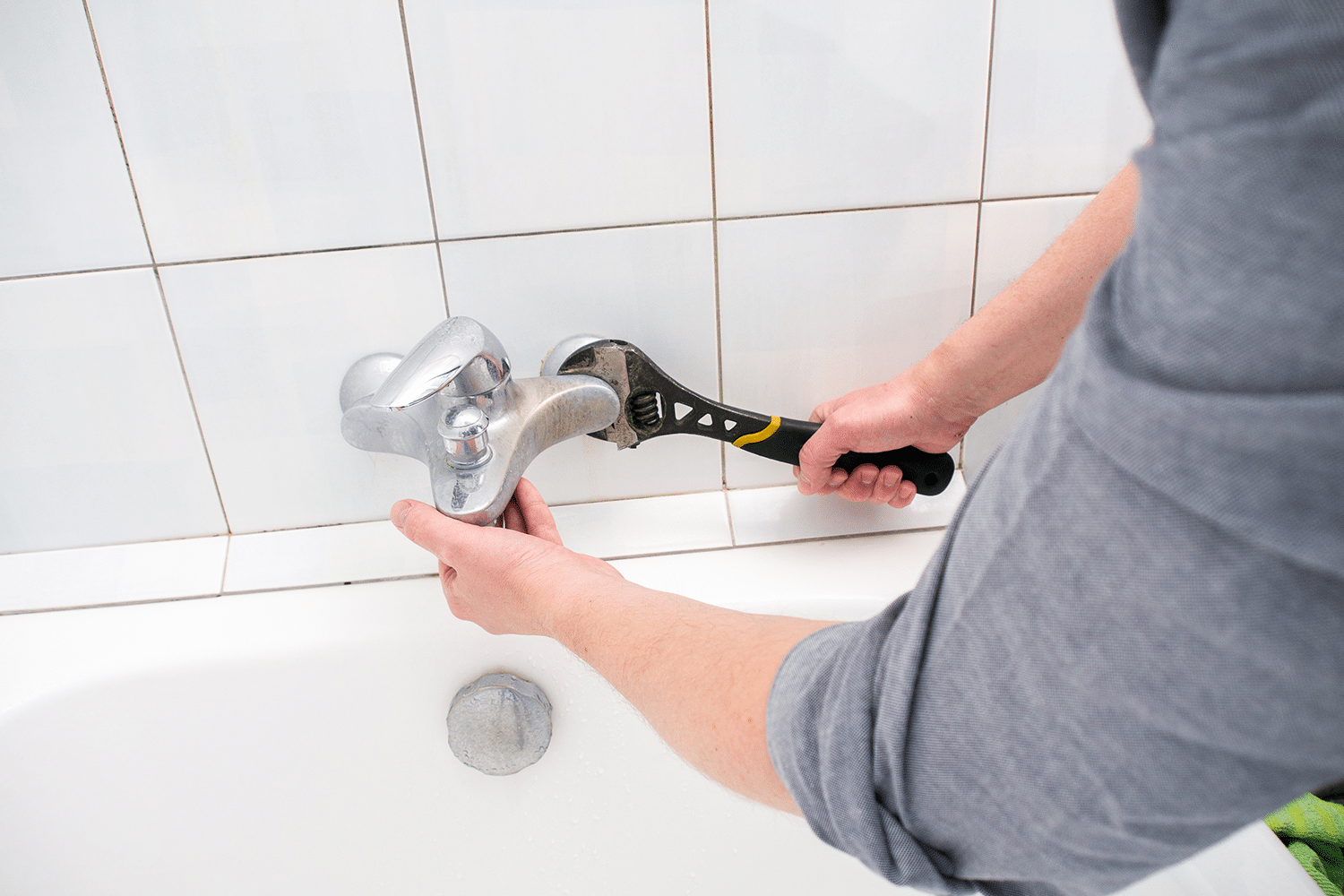What're your opinions about Water Dripping from Faucet: Why and How to Fix?

Trickling faucets could look like a small inconvenience, yet their effect goes beyond just the inconvenience of the sound. From wasting water to incurring unnecessary monetary prices and health dangers, overlooking a dripping faucet can cause numerous effects. In this write-up, we'll look into why it's vital to address this typical household concern promptly and properly.
Wastage of Water
Ecological Influence
Trickling taps contribute considerably to water wastage. According to the Environmental Protection Agency (EPA), a single faucet dripping at one drip per second can lose more than 3,000 gallons of water annually. This not just stress water sources but also influences ecological communities and wild animals depending on them.
Step-by-Step Guide to Fixing a Dripping Tap
Devices Called for
Before attempting to take care of a dripping tap, gather the necessary devices, including a flexible wrench, screwdrivers, replacement parts (such as washers or cartridges), and plumber's tape.
Usual Tap Issues and Their Solutions
Identify the type of tap and the details issue triggering the drip. Common problems include worn-out washing machines, corroded shutoff seats, or defective O-rings. Refer to maker guidelines or on the internet tutorials for detailed advice on repairs.
Financial Expenses
Raised Water Bills
Past the ecological effect, trickling faucets can blow up water costs considerably. The gathered wastage gradually translates into higher utility costs, which can have been stayed clear of with prompt repair services.
Possible Building Damages
Additionally, extended dripping can cause harm to fixtures and surface areas surrounding the faucet. Water build-up can create discoloration, rust, and even architectural issues if left unattended, leading to additional fixing expenses.
Health and wellness Concerns
Mold and Mold Development
The continuous existence of wetness from a leaking tap produces a suitable atmosphere for mold and mildew and mold growth. These fungi not only jeopardize indoor air top quality but additionally pose health threats, especially for people with respiratory conditions or allergies.
Waterborne Conditions
Stagnant water in leaking faucets can become a breeding ground for germs and other virus, boosting the threat of waterborne diseases. Impurities such as Legionella microorganisms thrive in stationary water, potentially leading to significant health problems when consumed or breathed in.
Do it yourself vs. Expert Repair
Advantages and disadvantages of DIY Repair Service
While some might try to fix a trickling tap themselves, do it yourself repairs include their own collection of difficulties. Without correct knowledge and tools, do it yourself attempts can intensify the problem or cause incomplete repair services, lengthening the issue.
Advantages of Working With a Professional Plumber
Working with an expert plumber makes certain that the underlying cause of the dripping faucet is dealt with efficiently. Plumbings have the expertise and devices to detect and fix faucet issues efficiently, saving time and decreasing the danger of further damage.
Ecological Obligation
Individual Contribution to Preservation
Taking responsibility for fixing dripping faucets aligns with wider efforts towards water conservation and ecological sustainability. Every individual's actions collectively make a significant effect on maintaining priceless resources.
Sustainable Living Practices
By prioritizing punctual repair services and embracing water-saving practices, people add to lasting living methods that benefit both existing and future generations.
Preventive Measures
Routine Maintenance Tips
To stop trickling faucets, carry out routine maintenance such as cleaning aerators, evaluating for leakages, and replacing damaged components quickly. In addition, consider installing water-saving tools or upgrading to a lot more efficient fixtures.
Importance of Prompt Services
Attending to leaking taps as quickly as they're seen avoids more water wastage and prospective damages, ultimately conserving both water and money in the future.
Impact on Residential Or Commercial Property Value
Understanding of Well-Maintained Residential Or Commercial Property
Keeping a building in good condition, including attending to upkeep issues like leaking taps, boosts its viewed worth and value amongst potential purchasers or lessees.
Impact on Resale Worth
Characteristics with well-maintained plumbing components, including taps, command greater resale values in the property market. Addressing trickling taps can contribute to a favorable impression throughout residential or commercial property assessments and arrangements.
Verdict
Addressing a dripping tap surpasses simple benefit; it's a necessary action towards conserving water, decreasing economic expenses, and protecting health and property. Whether through do it yourself fixings or specialist assistance, taking action to deal with leaking taps is a little yet impactful means to advertise responsible stewardship of sources and contribute to a much healthier, much more lasting future.
Why Are My Faucets Dripping (And Can I Fix it Myself)?
Causes of a Dripping or Leaking Faucet
Whether you’re hearing drops of water falling and hitting a sink, or noticing water ooze out from the base of the spout, you shouldn’t ignore a dripping or leaking faucet. And, the good news is, sometimes you can fix the problem yourself.
In this article, we’ll review a few common causes of dripping and leaky. We’ll also walk you through some basic ways to find the problem and handle it without calling anyone — and let you know when to call in a pro.
But, no matter what the cause, or whether you can handle it on your own, the sooner you address it, the better.
Each drip may be a tiny amount of water. But, they all add up quickly. According to the U.S. Geological Survey, one faucet losing one drop every 20 seconds — five a minute — wastes around a liter of water every day, and 173 gallons a year.
Add in more than one in your house, and it’s a lot of water to waste. So, we’ll help you get to the bottom of things quickly.
Four Reasons Your Faucet May Be Dripping
- Aerator is Damaged or Unseated
- Valve Seat is Corroded
- O Ring is Loose or Worn Out
- Part of the Assembly is Loose
Aerator is Damaged or Unseated
If you unscrew the end of your faucet, you’ll find the aerator. It’s the little stem piece with a screen on it that shuts off the water circulation.
If it’s damaged, or if it’s not sitting right, it will allow water to pass through.
Valve Seat is Corroded
Next is the valve seat, which is connected to the washer. If the washer wasn’t in place correctly, then it could have ground against the seat. Over time, this damages the valve seat.
The problem could also be corrosion: Over time, the part has worn out, and it’s now allowing water to pass through.
O Ring is Loose or Worn Out
Since the o ring is only a small rubber gasket, it’s a common reason why the faucet is dripping. You’ll find it at the base of the faucet, and it’s there to keep water from coming out where it’s not supposed to.
However, it’s common for the o ring to wear out over time. When it does, you’ll notice a drip.
Part of the Assembly is Loose
So far, we’ve looked at a few small, specific parts. But, the problem could be anywhere in the assembly if something’s out of place.
Even if a part isn’t damaged, over time, it may have become loose or dislodged. It could be the parts we mentioned, or the aerator at the tip of the faucet, the stem itself,
Can I Fix a Leaky Faucet Myself?
Depending on the problem, and how handy you are, there’s a chance you can fix a leaky faucet without calling a professional. But, you do run the risk of making the problem worse.
If it’s a small drip, you can certainly try a few troubleshooting tactics. We’ll walk you through them in a moment.
But, no matter what, your first step should be shutting off the water coming into the faucet. You should find a shutoff valve under the sink on the pipes leading to it. Turn each one clockwise until they close tightly.
Next, make sure you have the right tools for whatever you’re attempting. It’s tempting to make do with what you have. But, you need the right ones for a reason: You’re often dealing with small parts that can break if you handle them carelessly.
If you’re feeling confident, here are some places to start.
Items Near the Tip of the Faucet
A few of the parts we mentioned — particularly the valve seat and washer — are located at the tip of the faucet where the water comes out. They’re easy to access, making it a good place to start.
Check the O Ring
To check the o ring, you’ll need to take off the spout at the base. It’s easiest on kitchen sinks with long spouts, versus the smaller, bulkier base on most bathroom sinks.
Either way, this can be tricky, so do it carefully and don’t force anything. If it’s not coming right off, you’re much better off calling in a pro than possibly breaking something.
For a kitchen sink, there’s usually a nut or coupling assembly at the base of the spout. These often slide off easily without using any tools.
Once you’ve disassembled those parts, gently but forcefully twist off the spout.
Then, you can see the o rings. There should be two of the rubber gaskets on the base. If they look worn or damaged, replace them, and see if that solves the problem.

Do you really like reading about ? Try to leave a review down the page. We would be happy to listen to your views about this blog entry. We are looking forward that you visit us again later on. Sharing is caring. One never knows, you may be doing someone a favor. I treasure your readership.
Comments on “What It's Essential to Resolve a Faulty Faucet”